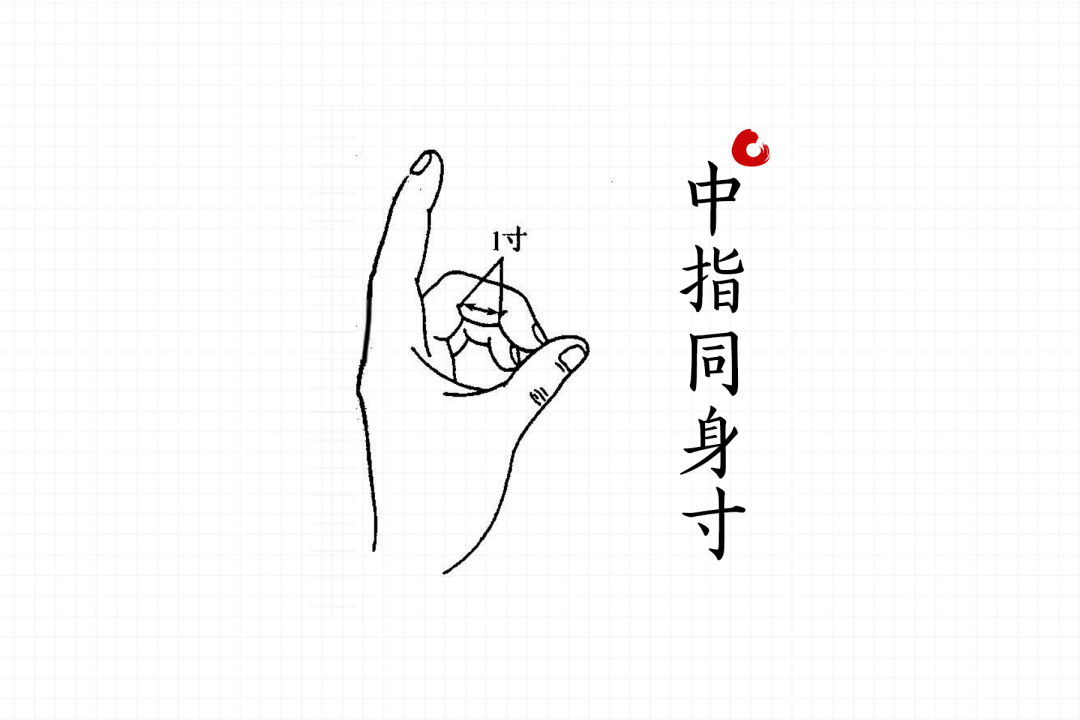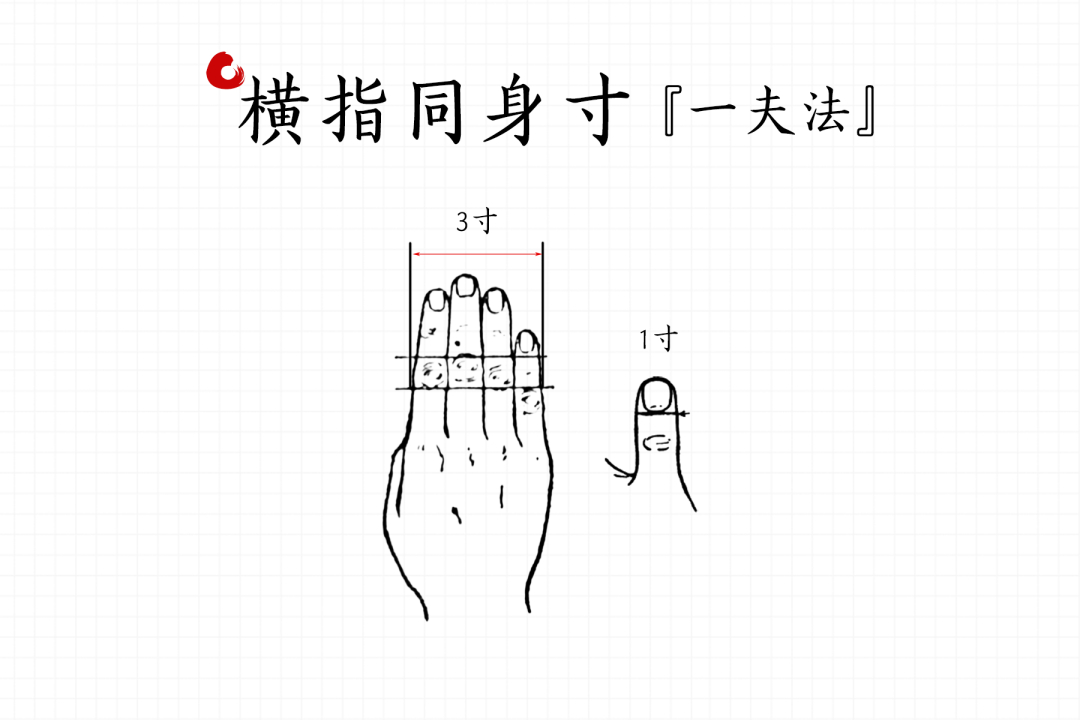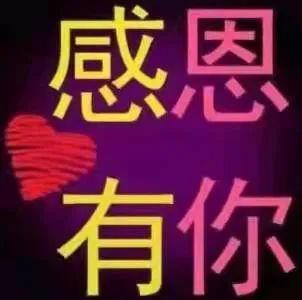
As parents, not knowing medicine is unkind,
As children, not knowing medicine is unfilial.
Fifteen Collaterals
1. Lie Que – Hand Taiyin Collateral
The collateral of the Hand Taiyin Lung Meridian, named Lie Que, originates from the area between the styloid process of the radius and the flesh above the wrist joint, running parallel to the main channel and entering the palm, spreading in the area of the thenar. Its pathological manifestations include a solid condition characterized by sharp pain and heat in the radial wrist area, and a deficiency condition characterized by frequent yawning and urinary incontinence. The collateral point Lie Que can be used for treatment. It is located 1.5 inches from the wrist, diverging from the Hand Yangming Large Intestine Meridian.
1. Acupuncture Point | Lie Que: A point connecting three meridians, effective for treating migraines and regulating bladder function.
2. Pian Li – Hand Yangming Collateral
The collateral of the Hand Yangming Large Intestine Meridian, named Pian Li, branches out 3 inches behind the wrist joint, moving towards the Hand Taiyin Lung Meridian; its branches ascend along the arm, passing through the Jian Yu point and reaching the angle of the mandible, spreading throughout the teeth; its branches enter the ear, connecting with the main meridian in that area. Its pathological manifestations include solid conditions such as dental caries and deafness, and deficiency conditions such as cold teeth and obstructed menstrual flow. The collateral point Pian Li can be used for treatment.
2. Acupuncture Point | Pian Li: Clears heat and detoxifies, promotes urination and reduces swelling (clears Yangming heat, unblocks water pathways) for treating pain, numbness, and spasms in the elbow and arm.
3. Feng Long – Foot Yangming Collateral
The collateral of the Foot Yangming Stomach Meridian, named Feng Long, branches out 8 inches above the external malleolus, moving towards the Foot Taiyin Spleen Meridian; its branches ascend along the outer edge of the tibia, connecting to the head and neck area, merging with the qi of various meridians, and then descending to the throat area. Its pathological manifestations include sudden loss of voice due to qi counterflow; solid conditions manifest as manic disorders, while deficiency conditions present as weakness in the foot and muscle atrophy in the tibia. The collateral point Feng Long can be used for treatment.
3. Acupuncture Point | ST40 Feng Long: Strengthens the spleen, transforms phlegm, harmonizes the stomach, and descends counterflow! All diseases stem from phlegm, making it a natural phlegm-resolving point.
4. Gong Sun – Foot Taiyin Collateral
The collateral of the Foot Taiyin Spleen Meridian, named Gong Sun, branches out 1 inch behind the base of the big toe, moving towards the Foot Yangming Stomach Meridian; its branches enter the abdominal cavity, connecting with the intestines and stomach. Its pathological manifestations include counterflow of qi leading to cholera; solid conditions manifest as abdominal cramping, while deficiency conditions present as abdominal distension. The collateral point Gong Sun can be used for treatment.
4. Acupuncture Point | SP4 Gong Sun (Collateral Point) (Eight Extraordinary Meeting Point): The “Emperor” point on the foot, effective for stomach pain, vomiting, abdominal pain, and diarrhea.
5. Tong Li – Hand Shaoyin Collateral
The collateral of the Hand Shaoyin Heart Meridian, named Tong Li, branches out 1 inch behind the wrist joint, ascending along the Hand Shaoyin main channel into the heart, and then connecting to the root of the tongue, belonging to the eye system. Its pathological manifestations include solid conditions such as fullness and obstruction in the chest, and deficiency conditions such as inability to speak. The collateral point Tong Li can be used for treatment. It is located 1 inch behind the wrist, diverging from the Hand Taiyang Small Intestine Meridian.
5. Acupuncture Point | HT5 Tong Li (Collateral Point): The pathway to the heart, ensuring smooth flow, effective for dizziness, sore throat, and heart pain.
6. Zhi Zheng – Hand Taiyang Collateral
The collateral of the Hand Taiyang Small Intestine Meridian, named Zhi Zheng, is located 5 inches behind the wrist joint, injecting inward into the Hand Shaoyin Heart Meridian; its branches ascend through the elbow, connecting at the Jian Yu point. Its pathological manifestations include solid conditions such as joint laxity and elbow atrophy, while deficiency conditions present as small warts on the skin. The collateral point Zhi Zheng can be used for treatment.
6. Acupuncture Point | SI7 Zhi Zheng (Collateral Point): Effective for acne, flat warts, and other skin issues, one “Zhi Zheng point” can resolve them.
7. Fei Yang – Foot Taiyang Collateral
The collateral of the Foot Taiyang Bladder Meridian, named Fei Yang, branches out 7 inches above the external malleolus, moving towards the Foot Shaoyin Kidney Meridian. Its pathological manifestations include solid conditions such as nasal congestion and runny nose, and deficiency conditions such as clear nasal discharge and nosebleeds. The collateral point Fei Yang can be used for treatment.
7. Acupuncture Point | BL58 Fei Yang: Effective for lower back and leg pain, rheumatoid arthritis, nephritis, cystitis, athlete’s foot, hemorrhoids, dizziness, and epilepsy.
8. Da Zhong – Foot Shaoyin Collateral
The collateral of the Foot Shaoyin Kidney Meridian, named Da Zhong, wraps around the heel from behind the internal malleolus, moving towards the Foot Taiyang Bladder Meridian. Its branches run parallel to the Foot Shaoyin main channel, ascending to the pericardium and penetrating the lumbar spine. Its pathological manifestations include counterflow of qi leading to chest discomfort; solid conditions manifest as urinary obstruction, while deficiency conditions present as lower back pain. The collateral point Da Zhong can be used for treatment.
8. Acupuncture Point | KI4 Da Zhong (Collateral Point): Effective for lumbar pain, heel pain, menstrual irregularities, lethargy, and coughing up blood.
9. Nei Guan – Hand Jueyin Collateral
The collateral of the Hand Jueyin Pericardium Meridian, named Nei Guan, branches out 2 inches behind the wrist joint, originating between the two tendons, moving towards the Hand Shaoyang Sanjiao Meridian. It ascends along the Hand Jueyin main channel to connect with the pericardium, spreading throughout the heart system. Pathological manifestations include solid conditions such as heart pain and deficiency conditions such as agitation in the heart. The collateral point Nei Guan can be used for treatment.
9. Acupuncture Point | PC6 Nei Guan: Effective for palpitations, stomach pain, hiccups, insomnia, dizziness, stroke, migraines, febrile diseases, postpartum blood loss, and elbow pain.
10. Wai Guan – Hand Shaoyang Collateral
The collateral of the Hand Shaoyang Sanjiao Meridian, named Wai Guan, branches out 2 inches behind the wrist joint, wrapping around the outer side of the shoulder, ascending into the chest, merging with the pericardium. Its pathological manifestations include solid conditions such as elbow spasms and deficiency conditions such as elbow laxity. The collateral point Wai Guan can be used for treatment.
10. Acupuncture Point | SJ5 Wai Guan: (Collateral Point) (Eight Extraordinary Meeting Point) Connects qi and blood, tonifies yang and boosts qi, effective for headaches, cheek pain, deafness, tinnitus, red and swollen eyes, side pain, shoulder and back pain, and elbow flexion and extension difficulties.
11. Guang Ming – Foot Shaoyang Collateral
The collateral of the Foot Shaoyang Gallbladder Meridian, named Guang Ming, branches out 5 inches above the external malleolus, moving towards the Foot Jueyin Liver Meridian, descending to connect with the dorsum of the foot. Its pathological manifestations include solid conditions such as coldness in the lower leg, and deficiency conditions such as weakness in the foot, inability to walk, and difficulty standing up. The collateral point Guang Ming can be used for treatment.
11. Acupuncture Point | GB37 Guang Ming (Collateral Point): Effective for eye pain, night blindness, lower limb weakness, knee pain, breast distension, and cheek swelling.
12. Li Gou – Foot Jueyin Collateral
The collateral of the Foot Jueyin Liver Meridian, named Li Gou, branches out 5 inches above the internal malleolus, moving towards the Foot Shaoyang Gallbladder Meridian; its branches ascend through the tibia to the testicular area, terminating at the penis. Its pathological manifestations include counterflow of qi leading to testicular swelling and sudden hernia; solid conditions manifest as prolonged erection, while deficiency conditions present as itching in the genital area. The collateral point Li Gou can be used for treatment.
12. Acupuncture Point | LR5 Li Gou (Collateral Point): Effective for treating vaginal itching in women, menstrual irregularities, metrorrhagia, leukorrhea, hernia, urinary difficulties, testicular pain, nocturnal emissions, and tibial soreness.
13. Chang Qiang – Du Meridian Collateral
The collateral of the Du Meridian, named Chang Qiang, ascends alongside the spinal muscles to the neck, spreading to the head; it then descends between the shoulder blades, diverging left and right into the Foot Taiyang Bladder Meridian, penetrating deeply into the spine. Its pathological manifestations include solid conditions such as spinal stiffness, and deficiency conditions such as heaviness in the head and unsteadiness. The collateral point Chang Qiang can be used for treatment.
13. Acupuncture Point | DU1 Chang Qiang: Effective for hemorrhoids, constipation, lumbar and sacral pain, and diarrhea.
14. Wei Yi – Ren Meridian Collateral
The collateral of the Ren Meridian, named Wei Yi (also known as Jiu Wei), descends from the Jiu Wei point, spreading throughout the abdomen. Its pathological manifestations include solid conditions such as abdominal skin pain, and deficiency conditions such as abdominal skin itching. The collateral point Wei Yi (i.e., Jiu Wei) can be used for treatment.
14. Acupuncture Point | RN15 Jiu Wei: Protects your heart area, effective for angina, epilepsy, hiccups, mental disorders, and asthma.
15. Da Bao – The Great Collateral of the Spleen
The great collateral of the spleen, named Da Bao, branches out 3 inches below the Yuan Xia point, spreading throughout the chest and lateral ribs. Its pathological manifestations include solid conditions such as pain throughout the body, and deficiency conditions such as muscle and joint laxity. This collateral resembles a network enveloping the body, indicating blood stasis, and the collateral point Da Bao can be used for treatment.
15. Acupuncture Point | SP21 Da Bao: The great collateral of the spleen, effective for chest, lung, and rib pain, and is the master point of the body’s meridians.
The body’s natural measuring tool
Using acupuncture points with the body’s natural measuring tool, we can measure the points effectively, known as “Tong Shen Cun”.
The concept of “Tong Shen Cun” was proposed as early as the Huangdi Neijing period but was perfected during the Tang Dynasty’s Qian Jin Yao Fang.
It refers to using certain parts of the patient’s body surface to determine the length of acupuncture points as a unit of measurement.
The width of a thumb is considered one inch;
Two fingers together measure one and a half inches;
Three fingers together measure two inches;
Four fingers together measure three inches;
This is essential knowledge for learning acupuncture and meridian theory.
1 inch thumb measurement: The width of the patient’s thumb joint is used as one inch, mainly applicable for measuring points on the limbs. 
Middle finger measurement: The distance between the two ends of the transverse lines on the inner side of the middle finger when bent is considered one inch, applicable for measuring points longitudinally on the limbs and horizontally on the back.

1.5 inches
Horizontal finger measurement: Also known as “Yi Fu Fa”, the patient is asked to bring the index, middle, ring, and little fingers together, using the transverse line of the middle finger as a reference, with the index and middle fingers together measuring 1.5 inches. Applicable for measuring points on the limbs.
 2 inches
2 inches
Three-finger measurement: When the index, middle, and ring fingers are together, the distance at the first joint of the middle finger is considered two inches.

3 inches
When the index, middle, ring, and little fingers are together, the distance at the second joint of the middle finger is considered three inches.

4 inches
This is based on the three-finger measurement plus the width of one thumb.

As parents, not knowing medicine is unkind,
As children, not knowing medicine is unfilial.



